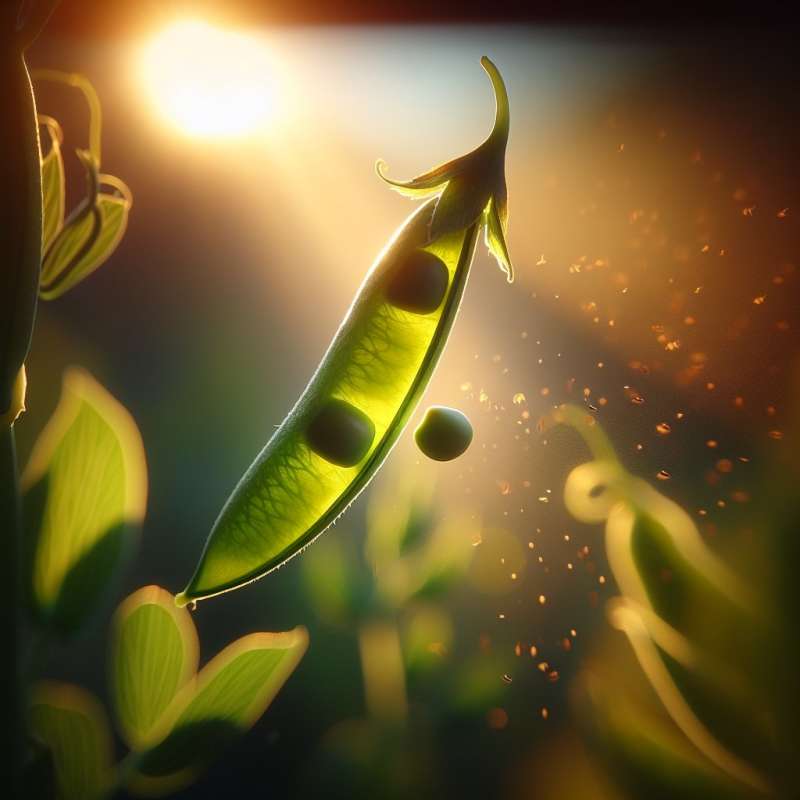
Nature's Ingenious Packaging
Natural packaging in fruits serves dual purposes: protection and dispersion. It's biodegradable, often edible, and uniquely designed to nurture and then spread seeds effectively.
Fruit Skins: Barrier Shields
Fruit skins, like banana peels and orange rinds, are tough barriers against pests and diseases. These natural wrappers are packed with essential oils and antioxidants, contributing to their resilience.
Coconuts: Floating Seed Vessels
Coconuts are designed for oceanic travel. Their fibrous, waterproof outer layer enables them to float and disperse across great distances, colonizing new shorelines.
Pomegranates: Fortified Seed Cases
Pomegranate's thick, leathery rind encases hundreds of seeds within a spongy membrane. This sophisticated structure prevents moisture loss and deters predators.
Pea Pods: Clever Seed Dispensers
Pea pods are remarkable seed dispensers. They dry and twist to create tension, eventually popping open to project seeds away from the parent plant.
Apple Skins: UV Shields
Apple skins are natural UV filters, protecting the fruit flesh from sun damage. They contain compounds that can absorb harmful radiation, safeguarding the seeds within.
Seedless Fruits: Human Intervention
Humans have cultivated seedless fruits like bananas and grapes through selective breeding. These fruits rely on human-assisted propagation as their natural packaging evolution is bypassed for our convenience.Exploding Cucumber Seeds
The squirting cucumber plant launches its seeds up to 20 feet away, using internal pressure to achieve this explosive dispersal.
What dual roles does fruit packaging serve?
Protection and seed dispersion
Decoration and attraction
Nutrient storage and growth
Company